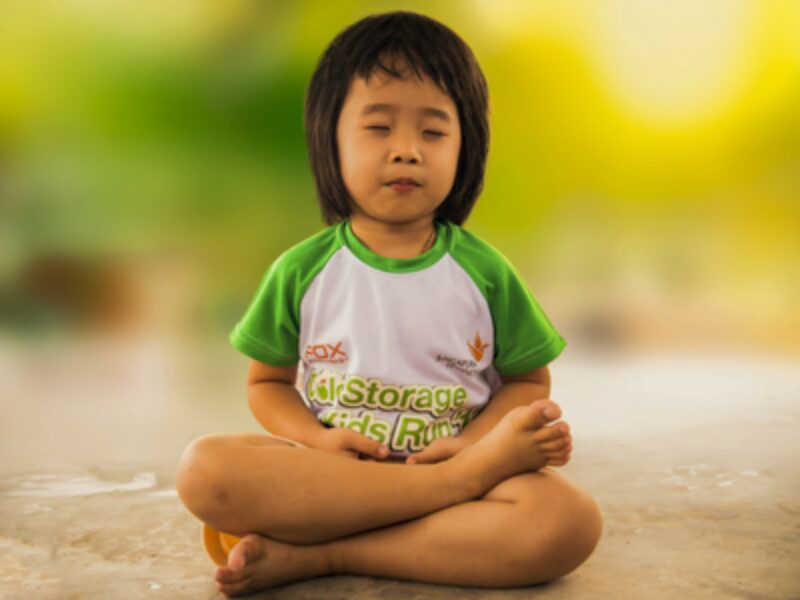Strategies for Managing ADHD Symptoms


This post follows my previous post which offered an introduction to ADHD.
Whether or not your child or youth has an ADHD diagnosis, there are many strategies that can help with the symptoms of ADHD:
- Increasing interest in a task might help with starting or staying on difficult tasks. For example, rewards are a great way to cue us into something important that needs to be done.
- Having consistent schedules and knowing what is coming next can make it easier to stay regulated. This can be especially important when we are tired or over-stimulated, like in the mornings and before bed.
- Taking breaks can help us refill our tank. Mindfulness activities are great for this, and a quick internet search can give you some ideas. Physical activity might be a good mental break as well.
- Medication works in some cases. Talk to a physician you trust about the pros and cons of medication.
For challenges at school, teachers often have great ideas for strategies. Classroom accommodations often require a trial-and-error approach because what works for one student might not work for the next. These accommodations can include:
- Quiet space to work in
- Body breaks (time and space to move your body in a non-intrusive way)
- Having items to fidget with while listening to the teacher (e.g., stress balls, bracelets/rings, etc.) provided they are not too distracting
- Using headphones to listen to nature sounds or white noise while working
- Using checklists with words and/or pictures to remind about routines (e.g., morning and afternoon routines at home and at school)
- Giving warnings before transitions
- Having a set schedule, including homework time
To help children with ADHD manage emotions:
- Watch for early warning signs (e.g., heart starts pounding, voice starts getting louder, muscles tensing) and help your child notice these signs and encourage them to use strategies to maintain their ability to control themselves.
- Have plans in place to help them calm down. It can be helpful to keep a list of emotion regulation strategies such as going for a walk, talking to someone special, and writing in a journal.
- Have a self-care kit filled with things that can promote calm and stimulate the senses such as essential oils, pleasant pictures, things that feel nice (e.g., stress balls or soft fabrics), a device with favourite songs, and things that taste good.
A Strengths-Based Approach
Struggling with ADHD can be disheartening and affect how your child thinks about her/himself. Generally, every youth I have seen is doing the best they can, so it helps me to think flexibly about how I can support them to be successful. This often takes a creative approach of being curious about what each individual needs and listening carefully about how I can help. While adults with ADHD have more choice about how they spend their time and can find a niche where they can work well, children have fewer options for how they spend their time (e.g., most kids have to go to school). Parents can encourage children and youth with ADHD to try different strategies, praise them for successes, and focus on their unique strengths to help them build their confidence.
Most children and youth with ADHD face daily struggles. We can help them reach their full potential by understanding their situation, not judging them by their behaviours, and helping them recognize, build, and express their strengths.
Instagram Feed
"Getting arrested was the lowest time in my life. Starling helped me get my life on track, appreciate what I have and be responsible for my life."












